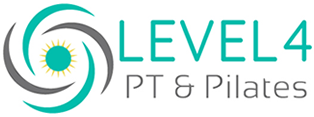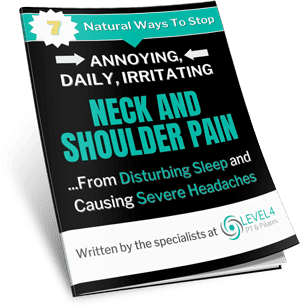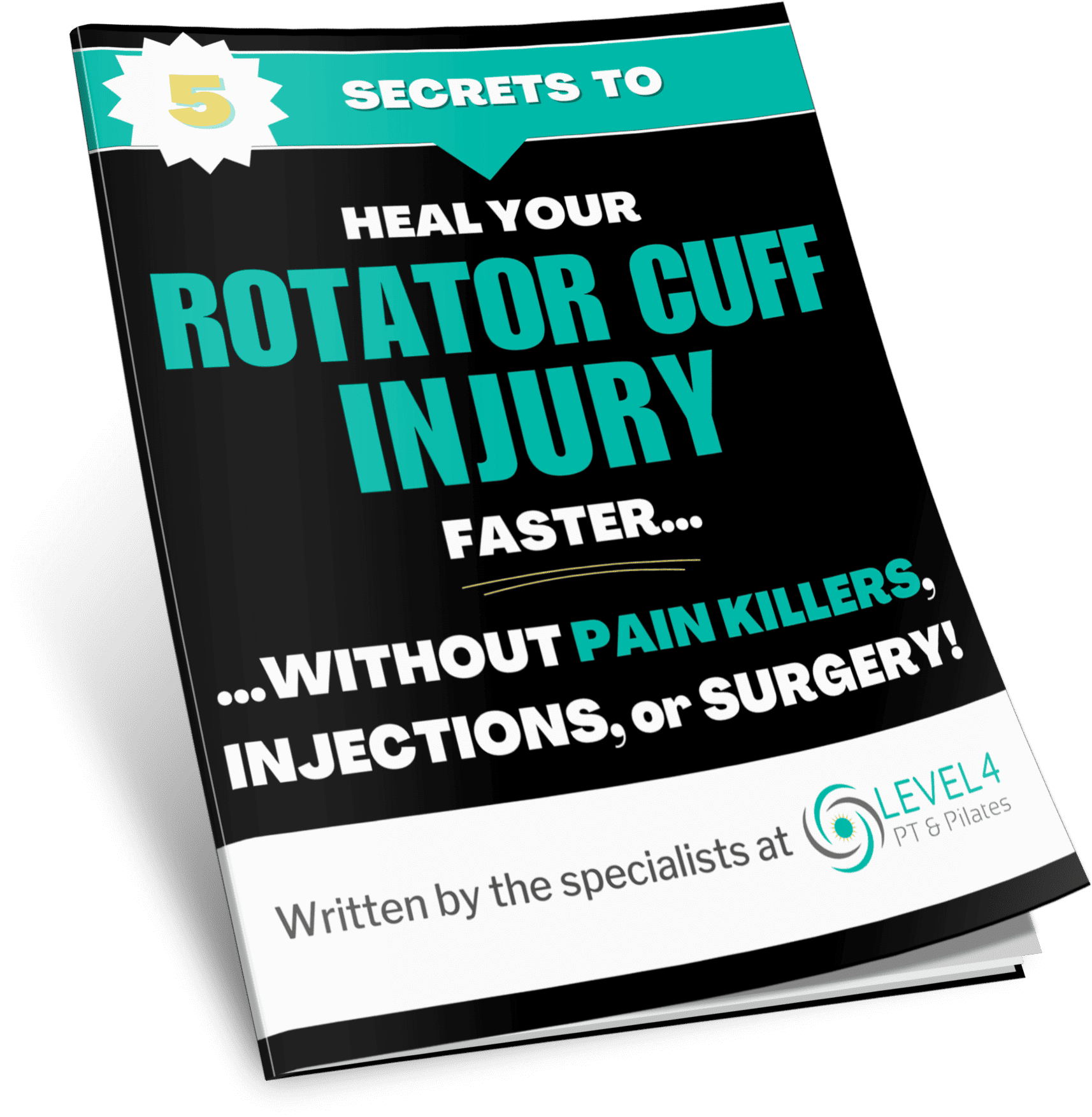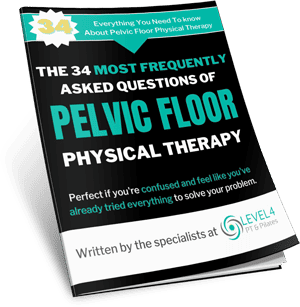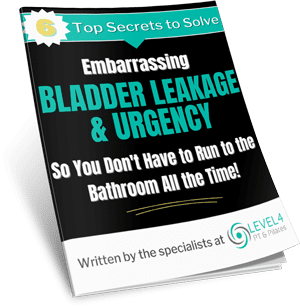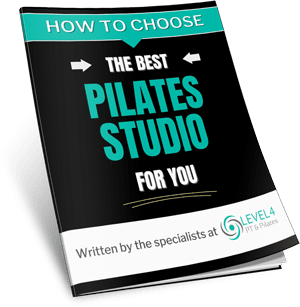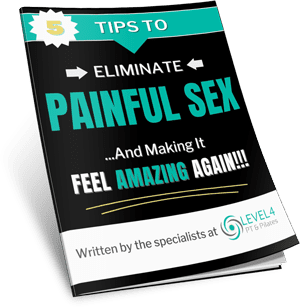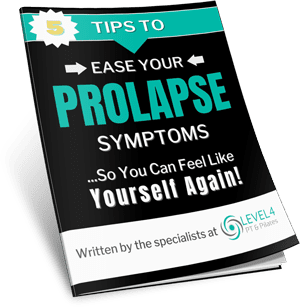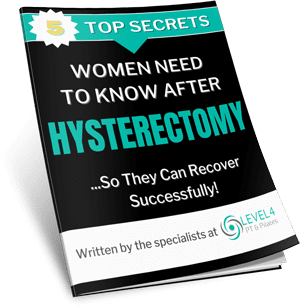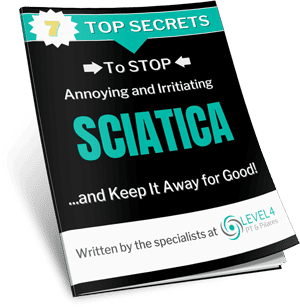
Let’s answer a pressing question which a new client recently called in asking for the answer to:
“Dr. Andalon, I recently read in a health magazine that Pilates exercises can help the pain in my lower back and eliminate the agonizing sciatica pain I feel down my leg. My sister swears by it because it helped her with her back pain and my daughter keeps telling me it is a life changer. Is this true?
– Beth, 62, Cardiff, CA
Where do I Begin! …
When people first discover Pilates, they usually have no idea what to expect; they don’t even pronounce the word right. The words “core” and lengthen” keep popping up in magazines or online, and they literally have no idea what either mean.
Many of our clients have contacted us after purchasing a Pilates video but are frustrated because they don’t really know what they are doing and the instructor provides a general approach or it’s hard to keep up; versus a specific approach to help them with their back pain or sciatica.
Either way, however anyone gets introduced into Pilates they are humbled because they quickly discover how weak and uncoordinated their body is with simple body weight movements.
BLOG: Is It Safe to Exercise with A Bad Back?
I understand that the thought of doing ANY type of exercise at all (especially a new and unfamiliar form of exercise) when you’re in some form of pain might seem a little scary and worrying…
You don’t want to run the risk of making it any worse in case it turns into an injury and puts you out even longer. But I’d like to put your mind at ease and let you know that just because your back is causing you issues right now, you don’t have to keep yourself stranded on the sofa until you wake up one day to find it has magically disappeared.
You see, even though Physical Therapy is great and really helps to ease your pain, it can never be a full-blown cure alone. The real long-term success at overcoming things like back pain and sciatica lies within what YOU do in-between and after your Physical Therapy sessions.
Let Me Explain…
Most bad backs happen because they’re not strong in the first place, so in order to get your back strong your lifestyle and the types of activities you do play a huge part in your recovery.
A lot of us have jobs that involve sitting at a desk all day. I know Beth works as a teacher and her back pain came on as a result of sitting for long periods of time grading papers without regular breaks to move around, and then going home at a night to sit yet again for a few MORE hours before going to bed!
And seeing as your back isn’t made to sit, sitting puts a lot of pressure on the spine.
Of the thousands of clients that we have helped have suffered back pain due to chronic disorder or post sustainability of any accidental injury. Walking, turning, and even sitting can all become uncomfortable if you are suffering from back pain. According to statistics, 85 percent of individuals suffer from back pain or disc issues, and not necessarily in their younger years. This impacts their profession, personal lives, and, most significantly, their overall health.
Since so many people are currently complaining of suffering from lower back pains or sciatica, a better count has begun to accept Pilates as the conservative treatment of preventing and managing pains.
What is Pilates?
Originally called “Contrology,” Pilates is a method of whole-body exercise designed to improve daily activities and livelihood.
Though there is an emphasis on core work, core strength alone is not the end goal. Rather, using that core strength to develop functional and sustainable movement patterns throughout the body is the goal.
Created in the early 20th century by Joseph Pilates, the exercises coordinate movement and breath together to work the smaller and deeper stabilizing muscles of the body as much as your prime movers.
Pilates aligns your entire body’s overall structure and supports its joints. What appears to look simple can be deceptively challenging and incredibly effective when done correctly with good form.
Pilates is a low impact exercise that creates optimal strength through muscle balance and fine-tuning neuromuscular patterns.
The optimal strength gained from a consistent Pilates practice is nonrigid, balancing strength with mobility and flexibility. It helps you move and breathe through your daily activities with more freedom and power and less pain.
How Does Pilates Help With Back Pain or Sciatica?
Pilates, popularized by celebrities for its long, lean, and sculpted aesthetic, has become a household name.
It’s much more than the oversimplified marketing that promotes a “long and lean” figure, and more than the misconception that it’s primarily for women.
Pilates is for everybody, regardless of gender, age, race, size, ability, or current fitness level.
The Pilates repertoire, which includes mat and specialized equipment exercises, is made up of over 600 exercises and variations.
There’s something for everyone, whether you have a sedentary lifestyle, are a weekend warrior, are pregnant, are undergoing rehab, have anxiety, or if you’re a professional athlete.
Studies have shown that Pilates improves quality of life by having a positive effect on depression and pain, most notably decreasing back pain.
It’s commonly used as cross-training workout and recommended by doctors for overall health, injury prevention, and rehabilitative purposes.
Pilates is excellent for improving spine mobility by treating each vertebra as the individual bone while emphasizing the spine bones’ sequencing for stacking on top of each other in the right alignment.
Pilates helps to strengthen the core muscles, which in turn helps alleviate pressure in the lower back which in turn is the root cause of the sciatica pain down your leg.
Why Pilates and Not Anything Else?
When you are suffering from chronic back pain or sciatica pain, most doctors advise you to avoid intense activity as one wrong move might aggravate the situation significantly. This implies you should restrain from activities like jogging, weight lifting, and conventional aerobics while you heal.
Pilates, on the other hand, is an exception!
1. Tough but not complex
Pilates is comparatively a gentler form of exercise that uses a person’s body weight to perform the exercises. With repetition, the exercise starts to get tough but not complex.
There’s a saying: If Pilates is easy, you’re doing it wrong. It takes precision, control, and dedication. It’s hard work. But your body is your only true asset, and you’ll be rewarding yourself within the hour a day you commit to improving it.
If you are a beginner we would highly recommend you search for a Pilates studio that specializes in low back pain and sciatica pain… like us at LEVEL4 PT & Pilates.
2. Full Body Muscle Toning
While it’s a popular conception that only through gym sessions and lifting weights, you can tone your muscles. Pilates is also a popular and effective way of toning muscles and slimming down while not placing a lot of pressure on your joints like gym machines do. And unlike gym machines where they target only one specific muscle (depicted by the picture on the machine), Pilates targets all-around body muscles with its flexible body movements. Thus, it doesn’t just target a specific area.
3. Core Strength
It’s a popular conception that people can only develop core strength if they’re spending hours doing strengthening exercises. But this conception is wrong, Pilates can help develop core strength as well. It provides overall structural support, reduces backache and also promotes good alignment.
Pilates focuses on strengthening your deep abdominal muscles and pelvic floor, helps to align and strengthen your spine and back muscles. These muscles help to build your back support.
Pilates will strengthen your core, rebalance your chronically overworked muscles, and restore critical circulation – all of which will help you get rid of your back pain and sciatica!
Having said that it should be kept in mind when recovering from an injury or chronic pain one shouldn’t indulge in exercise simply by following online video tutorials, one must contact a Physical Therapy expert with the required experience quickly.
Thus, instead of searching for a random Pilates tutorial online, searching for a Pilates studio in your area online will be more prudent. Even better, a Pilates teacher who works side by side with a physical therapist who has ample knowledge of such clients, can understand the root of the problem, and design an exercise routine that will benefit you greatly.
BLOG: What Is the Best Way to Stay Fit Over 40?
Consult Your Physician
It is critical to understand your underlying issue before beginning Pilates so you know what movements to avoid to make matters worse. For instance, if you have a disc problem, you may need to avoid excessive forward bending but if you have stenosis you may need to avoid backward bending due to extra tension and stress and it may not be beneficial for you to move in all directions.
But the reality is that regardless of the medical diagnosis that you may have received either from your general doctor or any other medical practitioner such as:
- Spinal Stenosis
- Bulging Disc
- Herniated Disc
- Degenerative Disc Disease
- Spondylolisthesis
- Osteopenia
- Osteoporosis
- etc.
Pilates is the BEST thing you can do to prevent or alleviate your back pain and sciatica pain because they highly emphasize maintaining a neutral pelvis and lumbar spine which takes the pressures off the areas that are causing the pain.
Whichever the directions of movement and appropriate exercises are for you the biggest take away is that Pilates is the best long-term answer to keeping you active and mobile even if you are suffering with low back pain and/or sciatica pain.
Levels of Back Pain
The level of pain some people feel is perhaps more severe than others. Thus, seeking the help of a physical therapist and Pilates instructor is always helpful so that you can perform the right amount of exercise that addresses your pain but doesn’t aggravate the issue. A quality Pilates studio will help you get quick relief by understanding the level of pain and help your specific problem.
Risk Associated with Pilates For People with Back Pain:
Clients who have the problem of unstable blood pressure, severe osteoporosis, herniated disk and blood clot risks are generally advised to stay clear of Pilates as it can be harmful to them. Consult with our Pilates studio to know who must not partake in Pilates.
Therefore, if you’re subjected to chronic back pain or sciatica pain Pilates can be the answer to your problem. But do not forget the above point before diving into any Pilates routine. No matter how low level or severe your pain is, don’t take matters into your hand and cause any irretrievable damage, consult a physician or a physical therapist and expert in a Pilates studio.
So the Long-Term Solution?
Regular customized posture style exercises to increase muscle control and strength with Pilates routines that will benefit you.
(And not only does Pilates help to ease back pain or sciatica, it also makes you more flexible and toned too! Win-win ;-))
Pilates style exercises are great for people like ‘Sandra’ who feel frightened and nervous about returning to exercise after a bad back, because it involves exercises designed to strengthen and control the muscles in your back – allowing you to return to other types of exercises like running, cycling and gym classes, much quicker!
But let me just point out that there’s a huge difference between “exercising” (running, golf, cycling…), and doing exercises like Pilates.
Things like running are great to improve your cardio and the length of time you can maintain being active without feeling tired, but without strengthening exercises like Pilates, there’s a greater risk of injury.
So, we must build a strong foundation first, and then add in other activities.
These are some of the prime reasons that make people search for Pilates studios. However, there this is not the end of the list. The benefits of Pilates are far-reaching and beneficial for a person who is ready to embrace Pilates exercise to help them alleviate their low back pain and sciatica pain for good. If you can dedicate yourself to 30 mins of Pilates a day, you can see conclusive results very quickly.
Applying Pilates to daily activities, the Pilates principle helps in preventing injuries by increasing muscle strength and improving postural awareness for lessening the injury risks. Added to it, the people become more technically proficient since Pilates therapeutic exercises are much more helpful to allow muscles to fire and activate that support the spine. If you are suffering from a low back injury, then this process is inhibited. Unless the important muscles are properly strengthened for supporting the lower back, then the injury risks and problems in the future are likely to develop.
So, the answer to Beth’s question is – an absolute yes! Pilates certainly is good for people who are suffering with lower back pain and/or sciatica.
Be consistent with doing Pilates style exercises for 3 months, and then when you notice a difference you can start adding in other gentle exercises as an addition to make sure your bad back or sciatica don’t creep up on you again!
On the days you don’t do Pilates, your body will let you know its disappointment (via mysterious aches and pains).
So, take a deep inhale. Exhale it all out. And get ready to change your life.
For more tips like this for easing low back pain and sciatica pain just go to: www.level4pt.com/back-pain/ to pick up our free special guide with 9 top tips to keep active with less back pain.
Or go to www.level4pt.com/sciatica/ to get our free special guide on 7 natural ways to stop annoying, irritating, sciatica pain… and keep it away for good!
Lastly, go to www.level4pt.com/pilates/ to download our free guide on how to choose the best Pilates studio for you to help you become more active and stronger with less back pain so you can enjoy your life with long-lasting results!
- 3 Proven Ways You Can Relieve Sciatic Pain While Sleeping - September 14, 2023
- Menopause and the Impact It Can Have On Your Weight - August 4, 2023
- 5 Ways That Pilates Can Help With Back Pain - July 19, 2023
